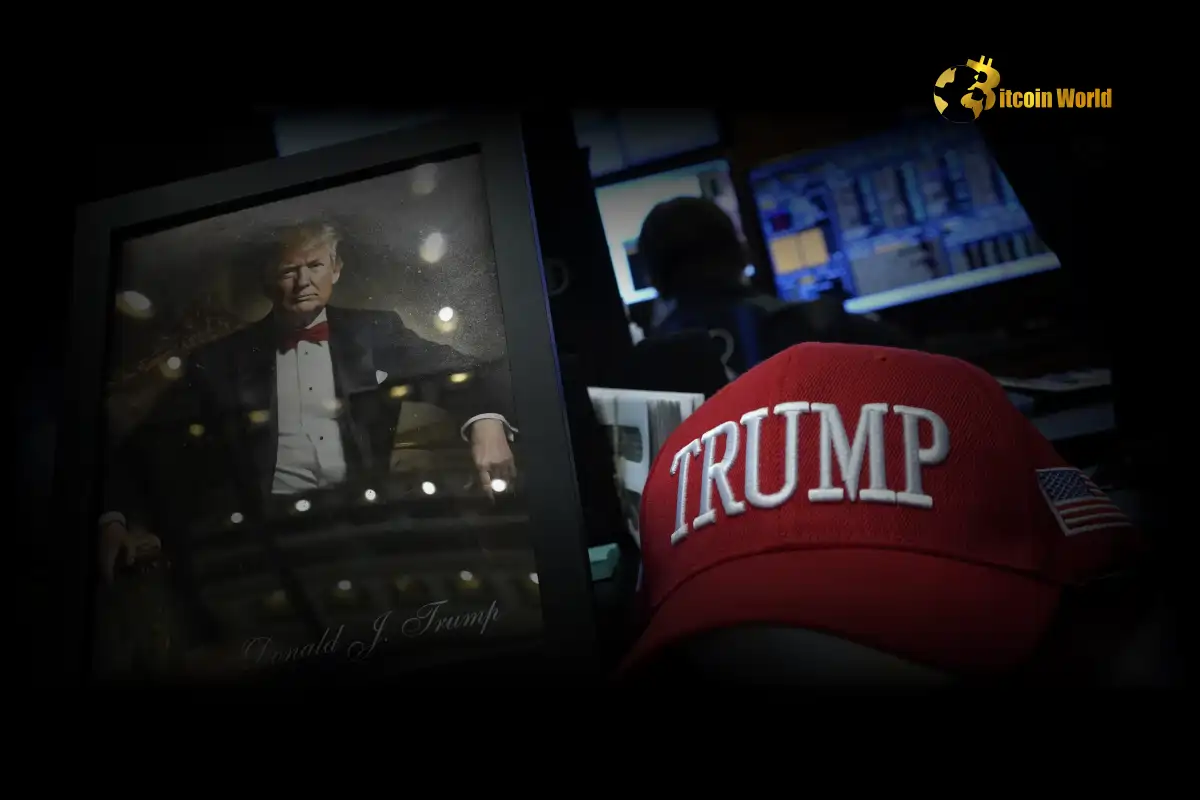A group of quantum computing enthusiasts called Project Eleven has issued a bold challenge to the global tech community: use a real quantum computer to break a simplified version of Bitcoin’s security system by April 5, 2026—and win 1 Bitcoin (currently worth over $84,000).
They’re calling it the “Q-Day Prize.”
The goal? To raise awareness about the future threat quantum computers could pose to Bitcoin and other cryptocurrencies.
 What’s the Big Deal?
What’s the Big Deal?
Bitcoin uses a type of security called elliptic-curve cryptography (ECC)—specifically the secp256k1 curve—to protect its network and wallets. It’s considered very secure… for now.
But there’s a catch: quantum computers, which are still in early development, might one day be able to break this encryption. The fear is that if someone builds a powerful enough quantum machine, they could potentially steal coins from wallets that have already revealed their public keys—and that includes over 6 million BTC, or more than $500 billion at today’s prices.
That’s what Project Eleven wants to prepare for. Instead of waiting for some mystery hacker to break Bitcoin in secret, they’re encouraging open, public research. They’re saying: let’s test how far quantum tech has really come—and let the world see.
 What Do You Have to Do?
What Do You Have to Do?
The challenge isn’t to crack Bitcoin’s real security system yet—that’s still far out of reach. Instead, teams are being asked to use Shor’s algorithm (a quantum method known since 1994 for breaking certain types of encryption) to crack smaller versions of Bitcoin’s cryptographic system, starting from just 1 to 25 bits.
Even a 3-bit crack would be groundbreaking, because no one has shown clear proof of progress in breaking this kind of cryptography using real quantum computers.
And to win, teams can’t just write about what they “could” do—they must run the algorithm on real quantum hardware and submit actual working code, along with details like:
What quantum device they used
How they managed error rates
What other tools or processing were needed
Shortcuts using regular computers aren’t allowed. This has to be done the hard way—pure quantum.
 Why Just 1 Bitcoin?
Why Just 1 Bitcoin?
While 1 BTC might seem like a small reward for such a big challenge, the prize is more symbolic than anything. It’s a wake-up call: we need to get serious about quantum threats now, not after it’s too late.
The threat isn’t science fiction. Major tech companies like Google, IBM, and IonQ are racing to build large-scale quantum computers. Experts believe that around 2,000 high-quality “logical” qubits—a special kind of error-corrected quantum bit—could crack Bitcoin’s 256-bit encryption.
No one’s that far yet, but progress is steady. In 2019, Google claimed “quantum supremacy” by performing a task on a quantum computer faster than any regular computer could. Though the task wasn’t related to cryptography, it was a big step forward.
 What’s Happening in Bitcoin to Prepare?
What’s Happening in Bitcoin to Prepare?
Some developers in the Bitcoin space are already working on ways to make the network quantum-resistant. A recent proposal called QRAMP (Quantum-Resistant Address Migration Protocol) suggests a system for moving older, at-risk Bitcoin addresses to safer, future-proof formats. But that would require a major change to the network (a hard fork), and those are always controversial.
Another idea from a Canadian startup, BTQ, involves using a whole new mining system based on quantum tasks instead of the current SHA-256 hash puzzles. It’s called Coarse-Grained Boson Sampling—but again, it would need a hard fork and has little support so far.
 Can This Be Done?
Can This Be Done?
Even breaking a 5-bit key using Shor’s algorithm on a real quantum machine is extremely difficult. It would require:
Very stable qubits (with error rates below 0.1%)
Long coherence times (meaning they stay stable long enough to finish complex tasks)
Thousands of gate operations—steps in a quantum algorithm that can easily introduce errors
Today’s leading platforms like IBM Quantum, Quantinuum, and Oxford Quantum Circuits (OQC) offer cloud access to quantum machines, but whether they can handle this task remains to be seen.
 Final Thoughts
Final Thoughts
This challenge is more than just a bounty—it’s a signal. Quantum computing is slowly catching up to what, until recently, was considered impossible. If someone breaks even a small part of Bitcoin’s cryptography on a quantum computer, it would be a historic moment for both cryptography and quantum science.
As Project Eleven put it:
“Break the biggest ECC key with Shor’s algorithm. The reward: 1 BTC + go down in cryptography history.”
The post Quantum Challenge: Crack Bitcoin’s Code and Win 1 BTC by 2026 appeared first on The Cryptoplay : All updates about Cryptocurrency worldwide.





